Considering that you can buy a pair of socks for less than $1 at some stores, it seems ridiculous to shell out $20 (or more!) for a pair of “hiking” socks. While I personally don’t spend this much on my hiking socks, I have converted over and consider myself a bit of a sock snob.
If you still aren’t sure whether you want to pay the money for expensive socks, here’s what you need to know about hiking socks vs. regular socks, features that are worth paying for and the best brands.
Why Regular Socks Are Terrible for Hiking
Most regular socks are usually made of a blend of cotton with some elastic materials thrown in for stretch. While cotton socks are good enough for most everyday activities and even short hikes, they are pretty terrible for long hikes. The cotton absorbs moisture and holds it against your skin. The moisture causes the skin on your feet to get wet, which in turn leads to blisters. As one hiker said of his cotton socks, “If I was wearing cotton socks while keeping my boots on for 8+ hours I feel that I just went swimming with my boots on.”
Hiking Sock Material
The main thing which makes hiking socks stand apart from regular socks is material. They also usually made of wool, nylon, polyester or a blend of these materials. These materials don’t retain water like cotton does.
Unlike cotton, the materials will wick moisture away from your feet, meaning you are less likely to get blisters. Wool is by far the most popular choice, especially for winter hiking, because it is naturally antibacterial and insulates even when wet.
Features of Hiking Socks
While it is possible to get a cheap pair of wool socks or polyester socks to wear for hiking, “real” hiking socks will also have lots of cool features. These include:
- Seamless design: This means that there are no seams to rub on your feet and cause blisters.
- Reinforced heel and toe areas: Many brands reinforce the heels and toes of their socks so they stand up to the abuse of hiking better.
- Heel tabs: The heel tab means the back of the sock is slightly higher. I love this feature because it means I can wear quarter length socks without the back of my boots rubbing against my ankle. The tab also keeps socks from slipping down.
- Weight: Hiking socks come in a wide variety of weights (thickness). This is especially important if you are wearing two pairs of socks to prevent blisters.
- Cooling technology: These socks usually consist of a wicking material and an exterior shell which helps the moisture evaporate quickly. Some socks also have cooling features like breathable mesh panels.
- Antimicrobial: Materials like copper are woven into the sock to help kill microbes and thus prevent smells and foot infection.
- Waterproof: Some socks are actually completely waterproof so you can splash through streams without your feet getting wet.
- Anti-tick: You can buy socks treated with permethrin which will kill ticks on contact so they can’t crawl up your legs.
But Are Hiking Socks Worth the Cost?
It’s easy to think that they are hyped up and overpriced. However, most serious hikers will swear by their hiking socks. As one hiker said of his expensive Darn Tough socks, “You won’t really get it ‘til you wear them.” Not only do good hiking socks help prevent blisters, but they have other benefits like being able to dry out quickly and preventing odors – which is definitely worth it when you are thru-hiking and only brought along a few pairs of socks that you occasionally wash in a creek.
On top of that, many good brands of hiking socks have a lifetime warranty. Even the ones which don’t will still outlast cheap hiking socks. When you factor in longevity — the fact you’ll pay for multiple pairs of cheap socks before your good hiking socks wear out — then hiking socks actually pay off in the long run.
The bottom line: Cheap cotton socks are fine for occasional hikers or short hikes in mild weather. If you are serious about hiking or are going on a longer backpacking trip, then hiking socks are definitely worth the cost. The most popular brand, Darn Tough, even has a lifetime guarantee on their socks so it actually ends up being more affordable than regular socks.
Best Brands of Hiking Socks
Below are the best brands of hiking socks. Yes, most of them are pretty pricy (though they often end up costing less than cheap ones because they last so much longer). If you still don’t want to shell out the cash for expensive socks, check out these best cheap hiking socks.
1. Darn Tough
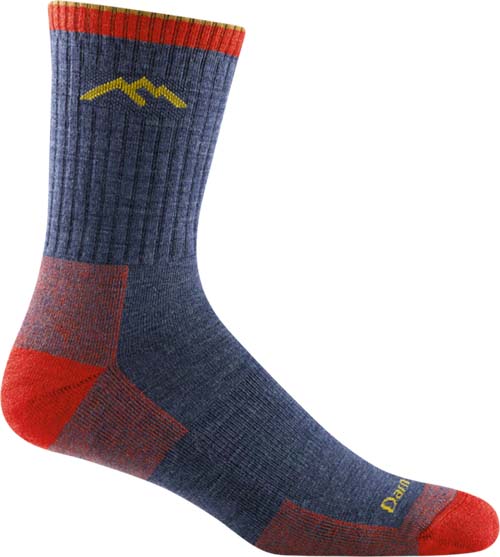
These are by far the best brand of hiking socks. Their mid weight, crew height socks seem to be the most popular with hikers. Their Hike Light socks are also popular for summer hiking.
Darn Tough socks aren’t even that expensive when you consider they have a lifetime warranty and hold up. As one hiker said, “I walked over a quarter of the AT wearing the same pair of DT socks in 2012 and I still have them and they still have cushion.” And another hiker said, “I live and die by Darn Tough socks. I own a couple pairs of Smartwool and Icebreaker socks and they are very good, but for me DarnTough is in a league all its own. Well worth the money and their lifetime guarantee is legit.”
2. Icebreaker
These fit people with wide feet better than Darn Tough socks, which is why some hikers prefer them over that brand. They also have a lifetime guarantee plus a comfort guarantee. Available at REI and Amazon.
3. SmartWool Socks
These tend to be thinner than Darn Tough socks, so are a good pick for hot weather hiking or when wearing trail runners instead of boots. The SmartWool PHD running socks are a favorite for summer hiking. Socks are guaranteed for up to 2 years after purchase.
4. Injinji socks
Toesocks help prevent sweatiness between the toes. They have a trail weight sock. However, their liner sock is really popular and often worn below a Darn Tough sock.
5. DeFeet Wool Socks
This is another brand of hiking socks which fits wide feet well. Many professional hikers swear by the DeFeet Wooleator sock for mild-to-cool temperatures. And their cycling socks are great for hiking in very hot, humid climates. They also have some fun colors and designs.
6. REI Socks
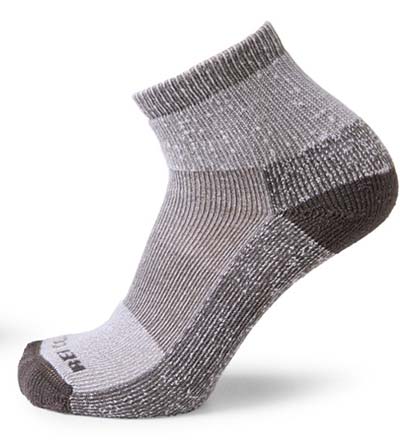
REI makes a lot of good socks for reasonable prices. If you don’t like Merino socks because they are too heavy and take too long to dry, then you’ll probably love their CoolMax socks. They dry insanely quickly, especially if you go with the lightweight or ultralight socks. REI socks also aren’t as pricy as some other hiking sock brands.
7. FITS Socks
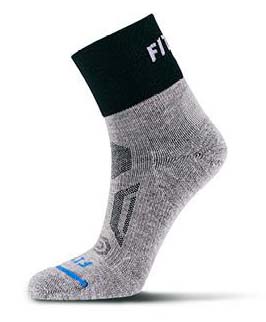
If you have issues with socks pulling on your toes or fitting weirdly, then FITS socks is the way to go. They are very stretchy and do a good job of forming to the shape of your foot. Not everyone will like the almost compression-like feeling of these socks though.
How much are you willing to pay for hiking socks? Let us know in the comments section below.
Image credits:
“Pat’s socks” (CC BY 2.0) by christinejwarner
“Darn Tough” (CC BY 2.0) by eoz_15: c © Zoe Rudisill 2011
Resources:
https://www.reddit.com/r/BuyItForLife/comments/5qrj14/forget_darn_tough_socks_icebreaker_merino/,
https://www.reddit.com/r/geology/comments/4iw433/advice_on_wool_socks_for_summer_hiking/,
https://www.reddit.com/r/CampingGear/comments/9ll1sy/your_experience_with_hiking_socks_in_general/,
https://www.reddit.com/r/CampingandHiking/comments/22fdf0/what_type_of_socks_does_everyone_wear/,
https://www.reddit.com/r/CampingandHiking/comments/58ae17/bestrecommended_hiking_socks/,
https://www.reddit.com/r/CampingandHiking/comments/6im07r/what_are_the_best_hiking_socks/,
https://www.reddit.com/r/BuyItForLife/comments/68r4co/do_you_really_need_25_merino_hiking_socks_yes/,
https://www.reddit.com/r/Ultralight/comments/auytgw/have_you_found_the_perfect_hiking_sock_or_could/,


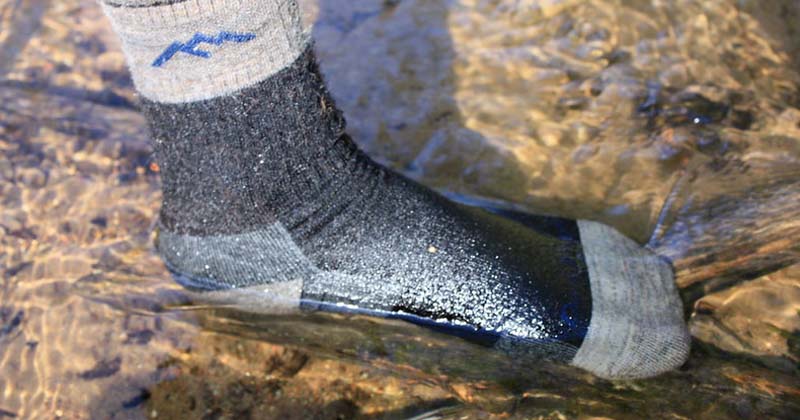
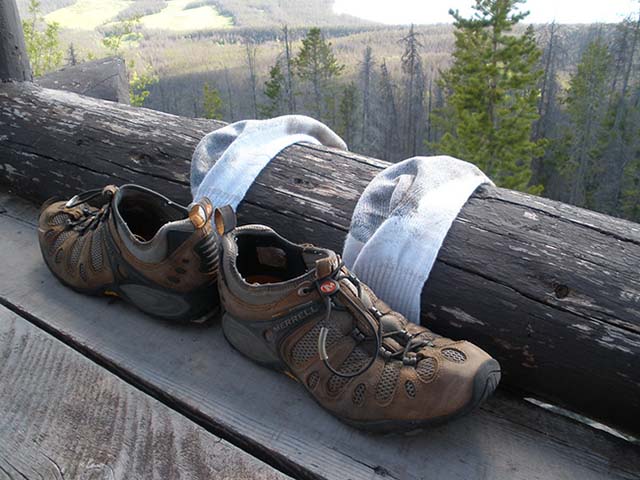

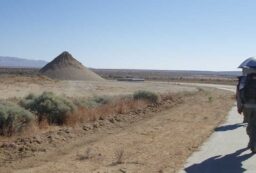
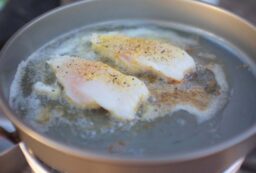







Post your comments